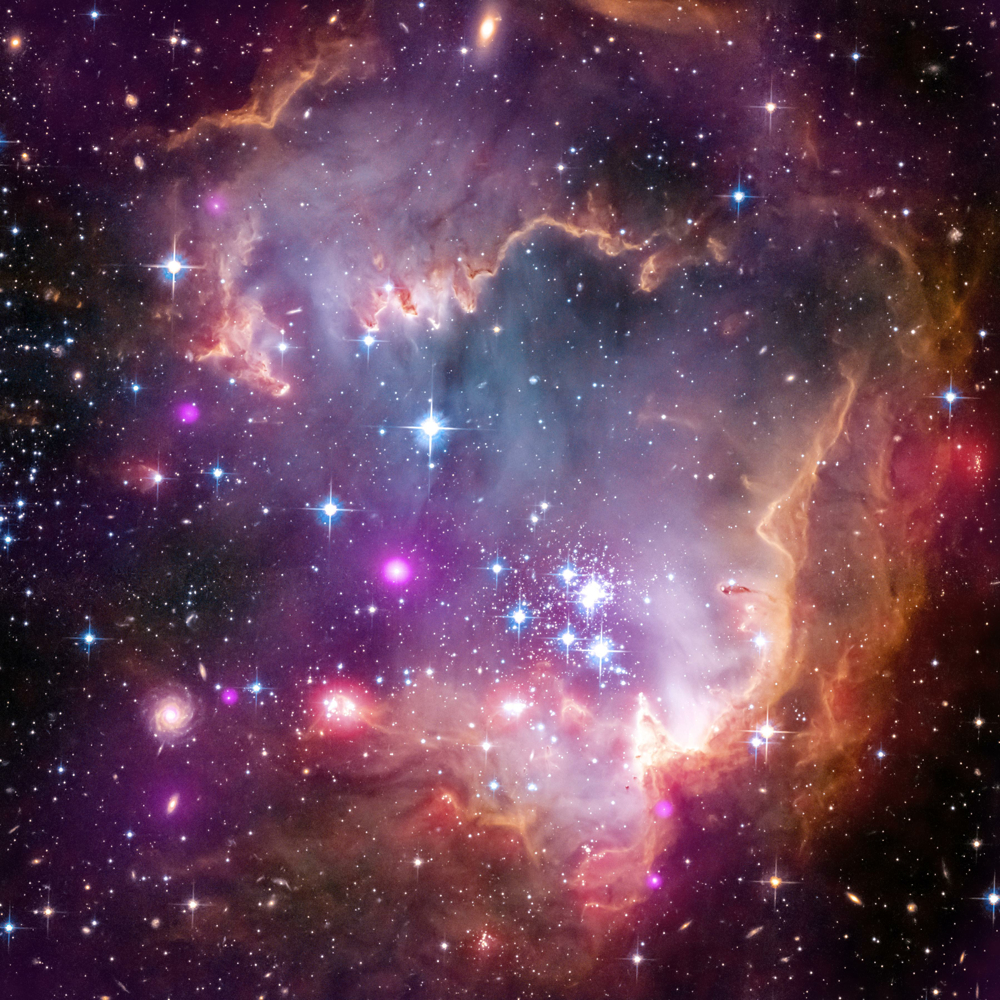
Analysis - In the mid-1920s, working at the Mount Wilson Observatory in Southern California, Edwin Hubble began to realize some of the numerous distant, faint clouds of light in the universe were actually galaxies – much like our own Milky Way. In 1929, he saw the farther a galaxy is from Earth, the faster it appeared to move away.
The universe was expanding, and it was unimaginably larger than scientists had thought to that point.
Rewinding that expansion, using mathematics – dividing distance by speed – scientists came to determine the universe began some 14 billion years ago when a tiny, dense, exceedingly hot particle exploded. It came to be known as the Big Bang.
These discoveries represented perhaps the largest shift in human cosmic understanding since Galileo, looking through his homemade telescope, came to realize that Earth revolves around the sun.
In 1984, then-Pope John Paul II, long fascinated by science, had the Vatican begin a process that would eventually lead to a statement in 1992 admitting church officials had erred in condemning Galileo.
Read the full story at National Catholic Reporter.
Related - Renewing the conversation between faith and science by Ilia Delio.

